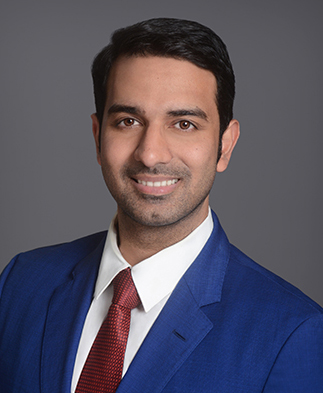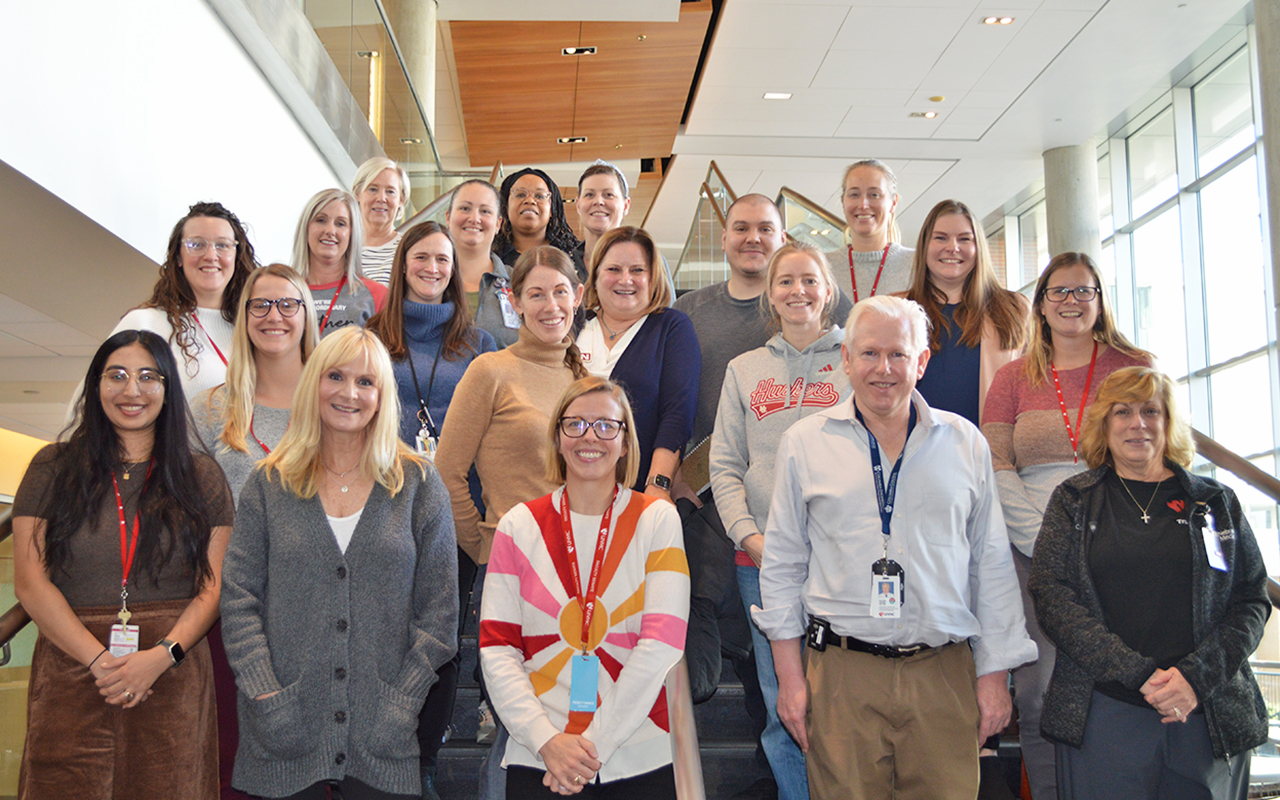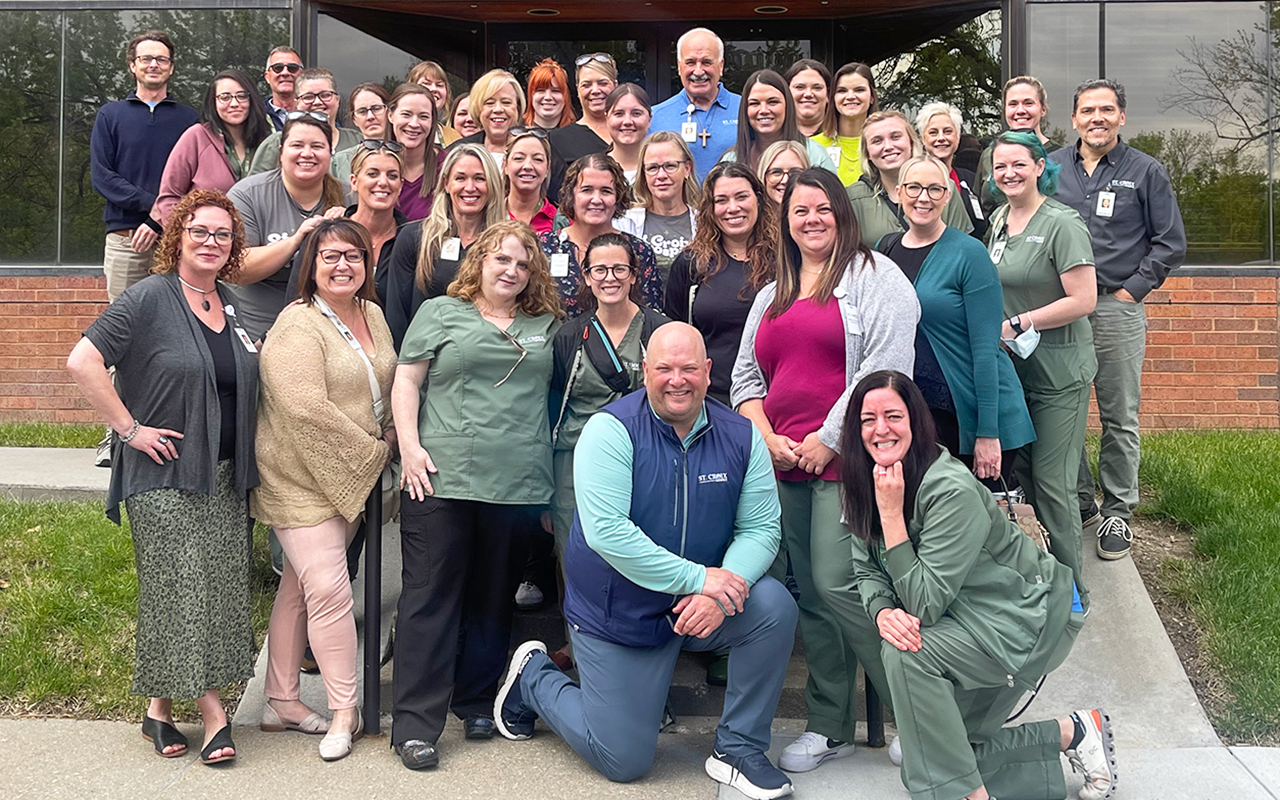 By Dr. Ram Prakash Thirugnanasambandam
By Dr. Ram Prakash Thirugnanasambandam
In the palliative oncology clinic, a common concern among patients is what to do when their oncologist tells them no further treatments are available. Though difficult, it was often my responsibility to recommend hospice care as the next appropriate step for those facing the limits of medical treatment. Patients often seek clarity on the transition to hospice care, raising important questions:
-
-
- “Can you explain what hospice care entails?”
- “Does this mean the end of active treatment?”
- “Are there no alternative treatments available?”
-
My interest in Hospice and Palliative care stemmed from my work as a resident at Memorial Sloan Kettering Cancer Center (MSKCC). Over the course of my training, working with patients with different kinds of cancer, I came to appreciate the importance of understanding what happens to patients when treatment is no longer an option. Throughout my experience caring for patients with late-stage or incurable malignancies, I often considered the essential aspects of their care: understanding the options available when treatment is no longer viable, assisting patients in acknowledging their mortality, and determining the best ways to support and care for them at the end of life. Thus, I decided to take up a year of training in this field to help enhance my communication and symptom management skills, essential for this care. This year also provided me with the opportunity to learn more about the crucial process of hospice care for patients with cancer.

One of the hardest conversations to have in medicine as a physician is to tell patients that there is nothing else that we can do for their disease, be it cancer or end-stage organ failure. It seems like we have failed the patients sitting in front of us as they look to us with hope, believing we might still be able to save them. Maybe there is a clinical trial that they can enroll in or a new drug we haven’t offered them yet. Perhaps another specialist might have something to offer.
However, the reality of life is that where there is life, there is also death. No matter how hard it may be, we must accept this truth. While enrolling in hospice may seem like a defeat, there is so much that can be done towards the end of life through hospice care. During my fellowship, I have come to see the need for this crucial final step when patients have exhausted multiple lines of therapy.
Hospice focuses on comfort rather than cure—this became clear to me when I visited my hospice patients in their homes as part of their care team. Families were taught how to care for their loved ones and manage their symptoms. Medications were prescribed for their pain, anxiety, or nausea. Patients received massages and music therapy to keep them in good spirits. Families appreciated the chance to spend more time with their loved ones at home rather than making frequent trips to the hospital to do so. Patients appreciated being home instead of in the hospital, facing further labs, imaging, and more futile treatments.
I will always remember these patients smiling, happy to be home, and spending time with their spouses, children, and grandchildren as they slowly transitioned toward their end. This is what we call a “good death” in the field of Hospice and Palliative Medicine.
For the rest of my career and life, I will cherish this year of training. It has deepened my understanding of care beyond the hospital walls, helped me embrace the importance of supporting patients at the end of life, and reinforced for me the importance of compassion in medicine. We, as physicians, can always find ways to care even when a cure is no longer possible.
Acknowledgements:
-
-
- I sincerely thank Dr. Melissa Teply, Dr. Lou Lukas, Dr. Ariana Bauer, Dr. Shelby Hopp, Dr. Lindsay Gage, Dr. Jayme Hoch, Dr. Kelsey Noble, and Dr. Yamna Channa for their invaluable support as my faculty in the fellowship.
- I would like to acknowledge the nurse practitioners, social workers, and nurses at the University of Nebraska Medical Center (UNMC) and the VA for their hard work and dedication to supporting both patients and the palliative team.
- I share my heartfelt gratitude to Dr. Clay Hoberman and his team of nurses, chaplains, music/massage therapists, and health aides at St. Croix Hospice for allowing me to learn from their compassionate care for patients.
-
Dr. Ram Prakash Thirugnanasambandam is a returning author to Journeys in Medicine. Read his entry from 2024, “A Second Chance at Life” and his entry from 2023, “A New Beginning for HIV Patients.”


